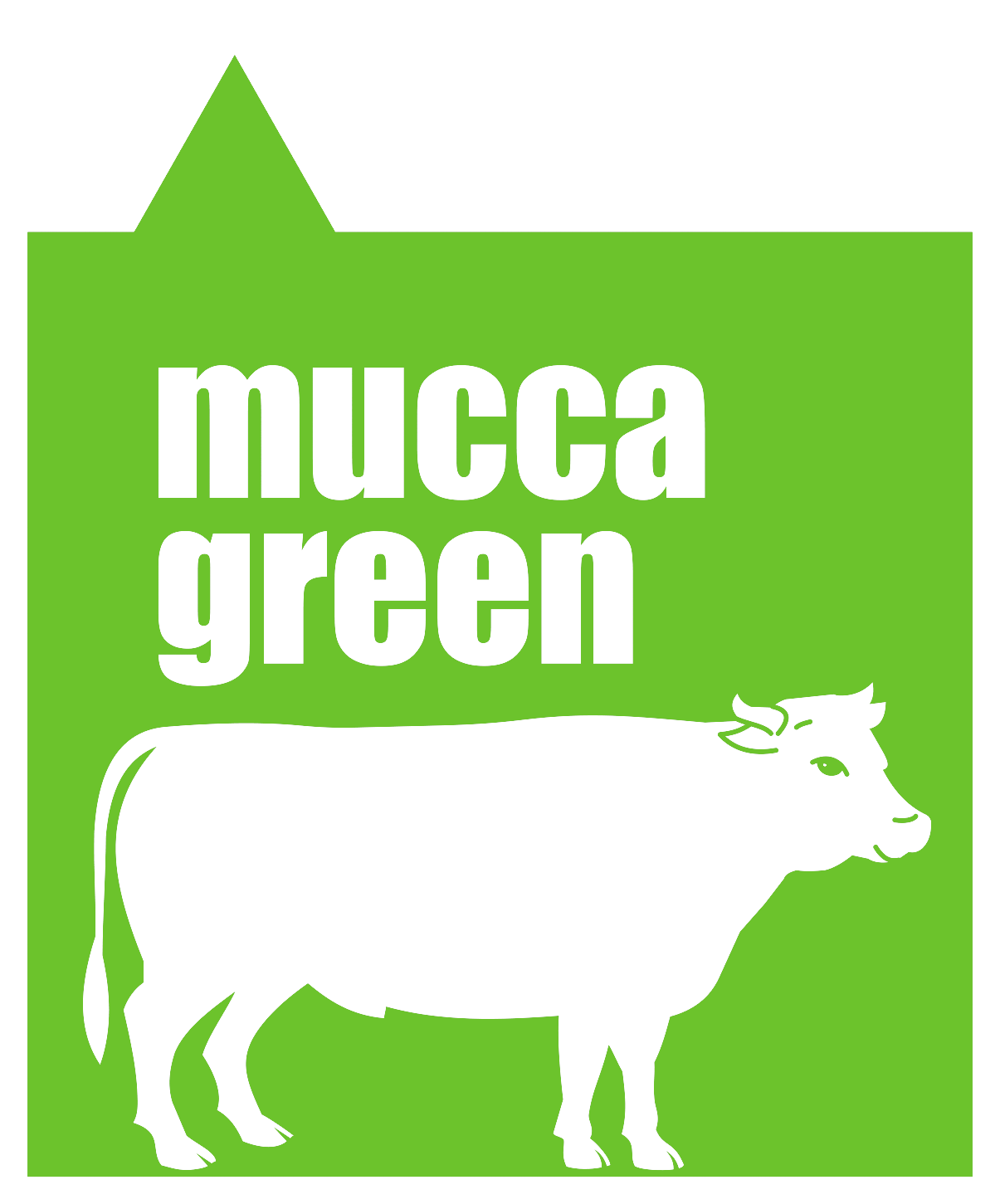From tallow, cosmetics and other products
Products for cosmetics
Today the animal derivatives used in cosmetics are a complex mixtures of molecules difficult to reproduce synthetically. Thanks to the applications of waste materials from food slaughter all the useful protein derivatives used in cosmetics for skin protection and hydration were created. Let’s look at some.
Bars of soap, creams and lipsticks
Tallow is the fat that lines the abdominal subcutaneous regions and various internal organs (kidneys, stomach, intestines) in bovine. Obtained precisely from beef fat from the slaughter and transformed through straining, tallow is used to make soaps, creams and lipsticks. In particular, with regards to soaps, it is considered an important ingredient because it gives it a very soft foam, hardness, creaminess and an excellent texture. It can be indicated on the label with the term tallowate, proof of the conferred merits of superior quality for soaps using this component.
Margarine
The tallow of best quality is the so-called "premier jus", and is most exploited for the preparation of dietary fats such as margarine and butter substitutes.
Other industrial uses of beef tallow: glycerine
At industrial level, tallow is used in the oleochemical field as bio-fuel. Through a suitable hydrolytic separation under pressure, glycerine and fatty acids can be derived. From the latter, then, are obtained animal stearin and oleine, i.e. solid and liquid fatty acids. Stearin (similar to paraffin, which is derived from petroleum), has been used in the textile industry since the early nineteenth century for the starching of fabrics like cotton and for the preparation of ointments.
Another very interesting example of the use of beef tallow in the industrial field is the preparation of plasticisers in synthetic resin. Until the end of the nineteenth century, however, this important grease was also used for the manufacture of candles, matches, and for the preparation of anatomical samples.


